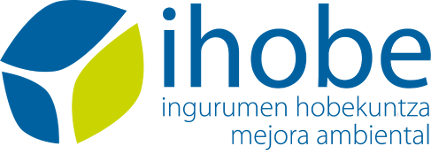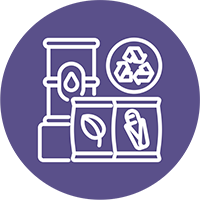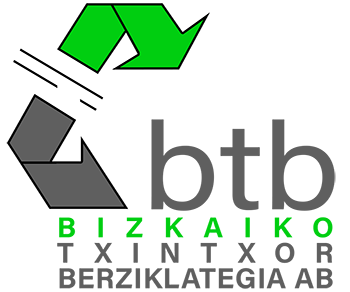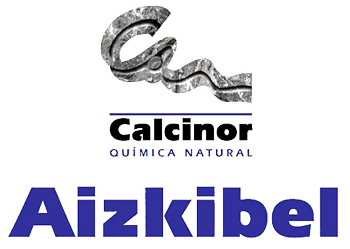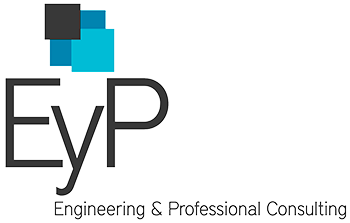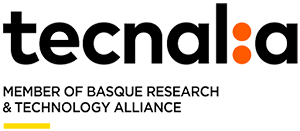RAAC
PRODUCTION OF READY-MIXED CONCRETE FROM CONSTRUCTION AND DEMOLITION WASTE
The comprehensive large-scale solution for the almost 600,000 tonnes per year of waste concrete, bricks, obsolete ceramics and demolition aggregate mixtures generated in the Basque Country requires the involvement of the quarrying and natural aggregate manufacturing sector to partially incorporate secondary aggregates into its product portfolio. This would reduce the extraction of more than 3.5 million tonnes of natural aggregate per year, of which less than 30% is used for applications other than the manufacture of structural concrete. The Basque Government aims to achieve a 70% recycling rate for construction and demolition waste (CDW).
EUSKAL ARIDO, the Basque federation of extractive industries and quarries, is leading the RAAC project, in which the ECALSA and AIZKIBEL/CALCINOR quarries, the TECNALIA Technology Centre, the construction and demolition waste management companies, BTB and GARDELEGI, and the environmental consultancy and engineering firm, EYP DE MINERIA Y MEDIOAMBIENTE S.L. (EyP Consulting) have also participated.

DRIVING FACTOR
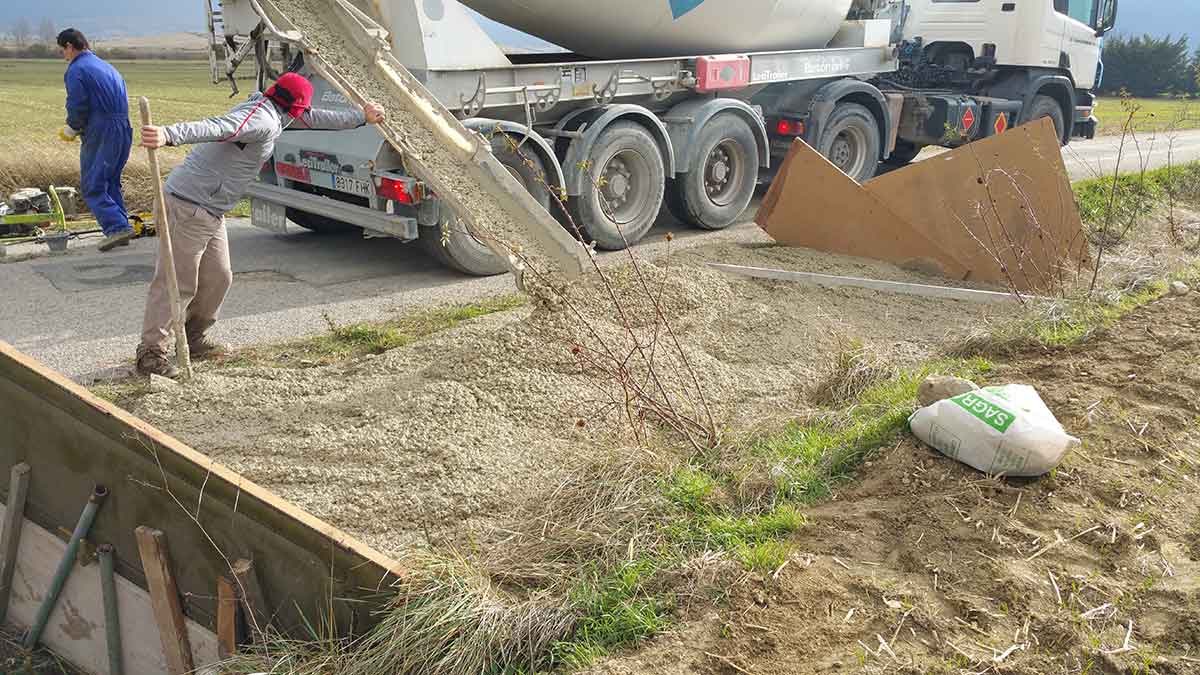

 OBJECTIVES
OBJECTIVES
- Optimise and demonstrate on an industrial scale the production of new compositions of artificial aggregates from the combination of quarry granular material and secondary granular material from the recovery of mixed Construction and Demolition Waste.
- Reduce the environmental impact as a consequence of using CDW and obtain economic improvements in the value chain by taking advantage of synergies between natural aggregates and secondary aggregates manufacturers.
- Produce the new aggregate categories in plant by means of an optimised combination of recycled aggregate and natural aggregate.
- Manufacture at least one product with sustained demand in the Basque Country that is made from these categories of artificial aggregate.
- Encourage the Administration to incorporate a new Chapter of materials with CDW in the Price Base for Building and Urbanisation at the Basque Government's Building Quality Control Laboratory, and the integration of this material in the criteria for Green Public Procurement.
 RESULTS
RESULTS
- Technical feasibility of mixed recycled aggregates (MRA) for use in the manufacture of concrete for the proposed mixes and percentages.
- Environmental improvement by ensuring a greater metabolisation of resources embedded in mixed CDW, with an annual saving of 362 tonnes of CO2 equivalent emissions.
- Economic and business improvement in the value chain, due to synergies between natural aggregates and secondary aggregates manufacturing companies).
- Compliance with the applicable technical regulations for the manufacture of concrete when introducing mixtures of MRA and natural aggregates (NA).
- Promotion of new employment opportunities and retention of existing ones.
 CONCLUSIONS
CONCLUSIONS
- Increased control of the recycled aggregate product that is part of concrete is necessary, e.g. by CE marking or other additional controls.
- These actions would require the development of public policies to promote the use of recycled aggregates (green public procurement, development of eco-labels, promotion of the use of products from MRA and NAblends, etc.)
- Increasing the quality of the recycled aggregates produced at the CDW management plants would help to increase the recovery of CDW.
- The development of a Sectoral Framework Agreement in order to promote the use of recycled aggregates from CDW in construction works would be interesting.
ENVIRONMENTAL
TECHNICAL
ECONOMIC
COMMERCIAL
ON THE MARKET
